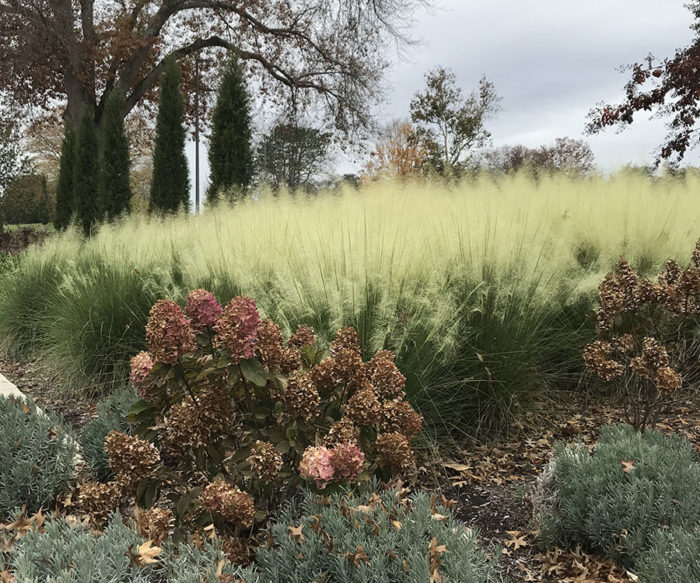
Taking center stage in many Southern gardens in fall are the artful plumes of ornamental grasses. The graceful seed heads of a variety of species should be in full glory as we march into a much-anticipated autumnal break from the hottest part of summer. However, as you look around your garden, you may take note that there is much to do. Fall cleanup is upon us, annuals are not looking like they once did, and leaves are in the process of giving way in the more temperate parts of the South.
This post is a timely warning that ornamental grasses are not to be fiddled with as soil temperatures cool. Why is this? First, most if not all the most popular ornamental grasses we use in Southern gardens are of the warm-season variety. Simply put, this means they are actively growing during warmer temperatures and slow to a halt in cooler weather. Later, as some of us experience freezing temperatures, these grasses will go completely dormant.
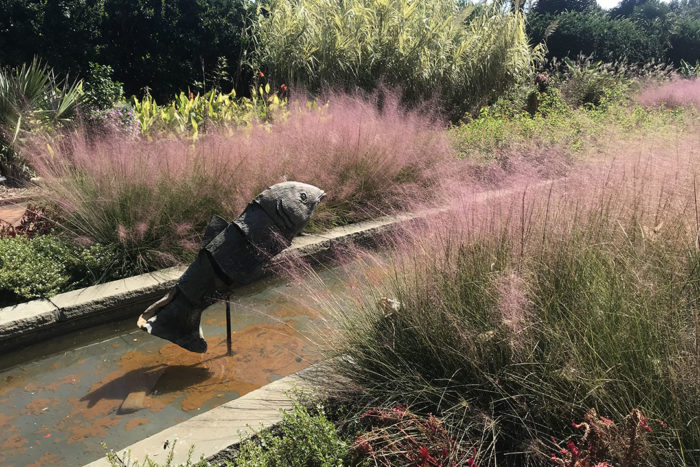
Wait until spring
With grass species that are on the verge of dormancy, fertilizing during fall is basically worthless. One of two things can happen depending on the weather and where you live. First, if the plant is still actively growing, it may spur on fresh growth that will not be adequately hardened off before winter. Second, if dormancy is not far off, the plant will not have the ability to take up fertilizer in a dormant state. Wait until spring.
Also, during this time of year you will see a multitude of articles and online information about dividing perennials. And it is true that ornamental grasses are perennials. However, avoid dividing warm-season grasses in the fall. As they move into dormancy, they will not be able to put on adequate roots to establish themselves in your landscape. Wait until spring.
Finally, do not cut back your ornamental grasses now. For me, the most important reason is a visual one. Winter is coming, and you are going to appreciate having the dormant seed heads, leaves, and stocks of your grasses to add winter interest to your garden. There is a beautiful aesthetic to the decay of a garden, and it should be enjoyed. Also, wildlife enjoy dormant ornamental grasses—birds feast on seeds and use their canopy for winter cover. Beneficial insects and future beneficial insects in the form of eggs overwinter in stems as they wait out the cold. As a last benefit, the extra protection of their own foliage helps protect ornamental grasses from winter injury. When it comes to cutting back warm-season ornamental grasses, again, wait until spring.
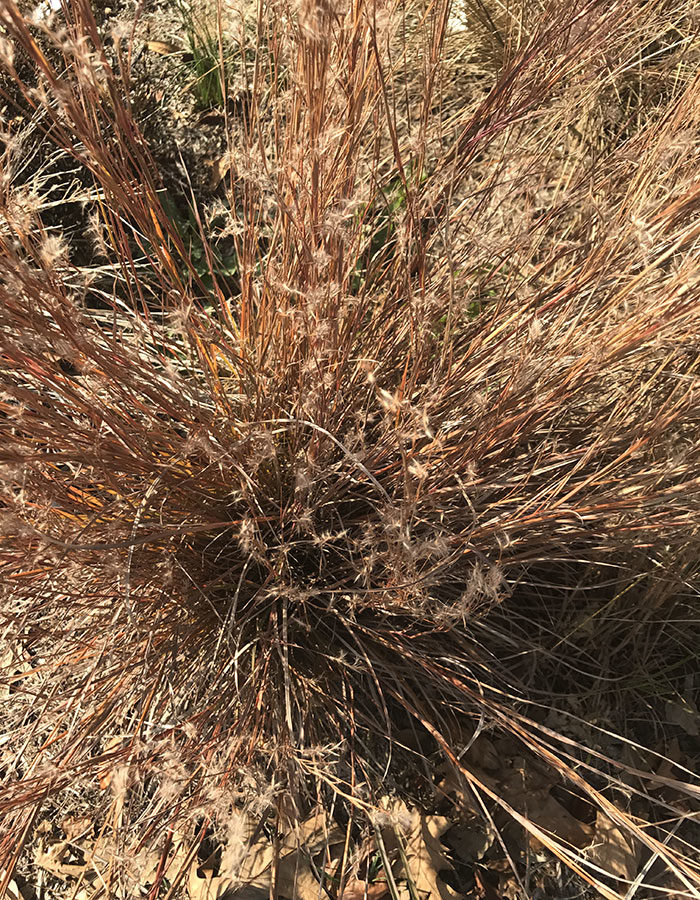
What to do when spring arrives
As far away as it may seem as fall begins, spring will come back around again next year. This is basically the only time of year ornamental grasses should be messed with in the garden. They do benefit from being cut back once a year, and spring is the perfect time to do it. Actual timing will vary based on location and on conditions from year to year, but I cut back ornamental grasses just as I anticipate new seasonal growth is about to emerge. I remove the entirety of the foliage above the main growing point (crown) of each individual plant. I do this with manual hand-held hedge clippers. However, it can be done other ways, including with the use of gas or electric hedge clippers or even judicious burning where local regulations allow. You can utilize the old tops of your grasses as mulch at the base of existing plants. Getting this mulch away from the top of the plant but composting it in place around the base can thwart weeds and add nutrients back into the soil.
Spring is also the absolute best time to plant ornamental grasses. As soon as the fear of frost is behind you and soil temperatures warm, take the opportunity to add ornamental grasses to your landscape. With the whole season to establish themselves, they will go into the following winter as robust, maturing plants.
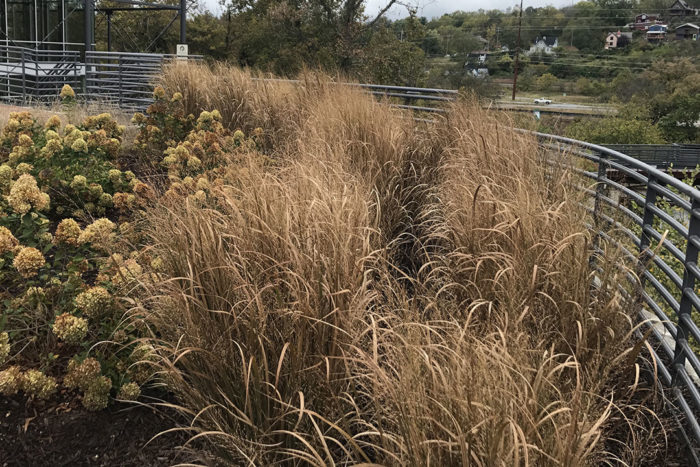
Take note this year
An unfortunate truth is that many retail nurseries have given up on selling ornamental grasses. And if they haven’t, they sell them in the fall, which is the absolute worst time to plant them. The reason behind their scarcity during the spring is that not many ornamental grasses look good in pots. They look like nothing special in the spring and are scraggly as the season progresses. So as these beauties crescendo this fall, you need to take notice of those you like and make notes. Spend some time during the coldest months learning about the grasses that caught your eye and their growing requirements (most like a lot of sun by the way). Next spring, arm yourself with the list you made, and make sure ornamental grasses are a part of your landscape in the years to come.
Andy Pulte is a faculty member in the Plant Sciences department at the University of Tennessee.



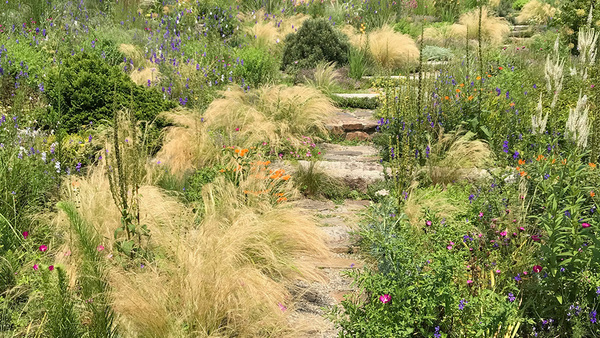

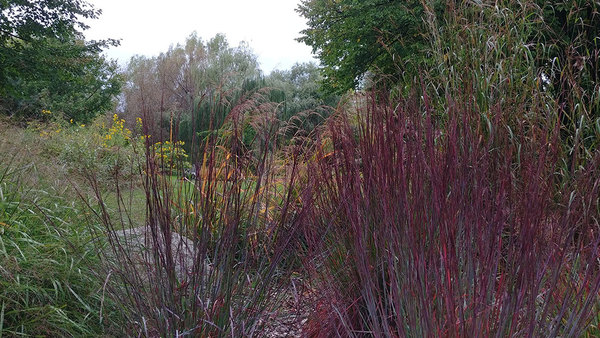












Comments
Log in or create an account to post a comment.
Sign up Log in